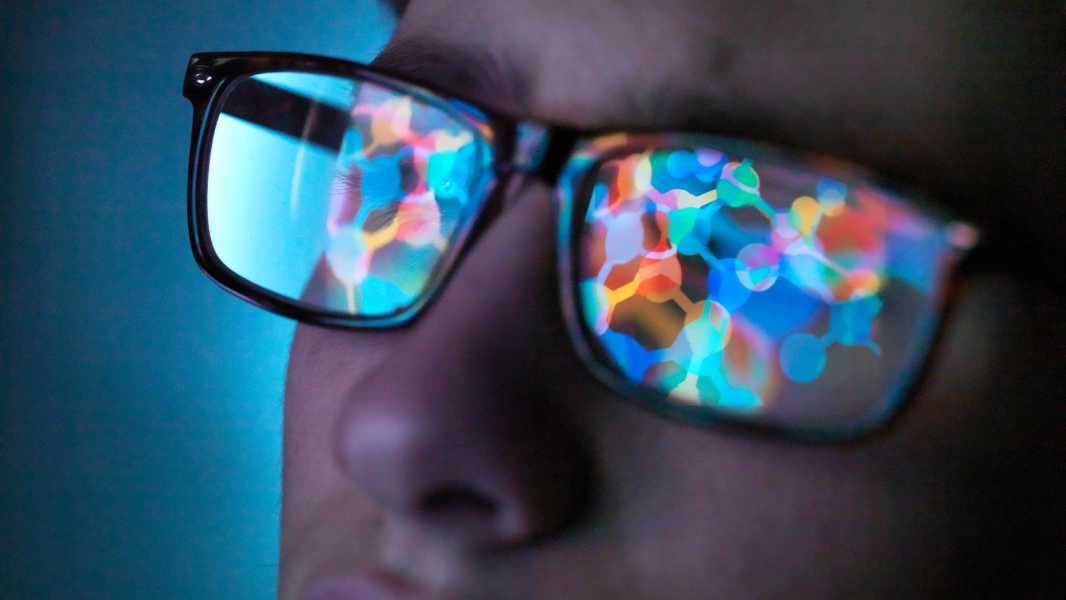
Scientists are getting closer to creating realistic holograms. (Image credit: Andrew Brooks via Getty Images)
Scientists have developed a device small enough to fit inside a pair of glasses that could solve a long-standing problem with holographic displays, leading to the most realistic holograms ever seen.
Traditionally, holograms are created using projecting devices known as spatial light modulators (SLMs). Light is passed through the device in such a way that it changes the shape of the light wave at a certain distance, forming a visible surface.
However, since SLMs are produced using liquid crystal/silicon (LCoS) display technologies, current hologram technology is only suitable for narrow fields of view, such as flat screens or small viewing areas (e.g. small objects). The observer must be within a narrow viewing angle – otherwise the light is refracted too much, making it invisible.
The angle at which the image is sharp can be increased, but this comes at the cost of precision, as current LCoS technology does not have enough pixels to support the image over a wider field. This means that holograms are often either small and sharp, or large and blurry, sometimes disappearing entirely if the viewer looks in another direction far enough away from the angle where they are visible.
Felix Heide, an associate professor of computer science at Princeton and the senior author of the paper, emphasized the importance of viewing angle. “To get the same experience as looking at a monitor, you would have to be right in front of the movie screen,” he said.
The new technology, detailed in a study published April 24 in Nature Communications, could create more detailed holograms regardless of the viewer’s gaze direction or how quickly that direction changes. The device needed to project them is also so compact and lightweight that wearers don’t need bulky VR headsets.
The discovery will also make applications that use holograms, such as virtual and augmented reality displays, more accessible, as the display technology could be easier to use, lighter, and significantly thinner. Heide cited examples ranging from getting directions while driving to assisting with surgery and even viewing instructions on how to fix a leaky pipe.
The Princeton team's key innovation was the creation of a second optical element that works in conjunction with the SLM, filtering its output to expand the field of view while maintaining hologram detail and stability with significantly less image degradation.
Described in the article as a small piece of frosted glass, the device has an etched pattern that dissects the SLM light into frequency ranges that are not easily perceived by humans. This improves image quality and expands the field of view.
The trade-off between image quality and field of view has remained the biggest hurdle to creating realistic holograms, but as co-author Nathan Matsuda noted, “This study brings us one step closer to solving this problem.”

Drew TurneySocial Links Navigation
Drew is a freelance science and technology journalist with 20 years of experience. As a kid, he knew he wanted to change the world, but then realized it was easier to write about those who were doing it. As a science and technology expert for decades, he has covered a wide range of topics, from reviews of the latest smartphones to deep dives into data centers, cloud computing, security, artificial intelligence, mixed reality, and everything in between.
Sourse: www.livescience.com





